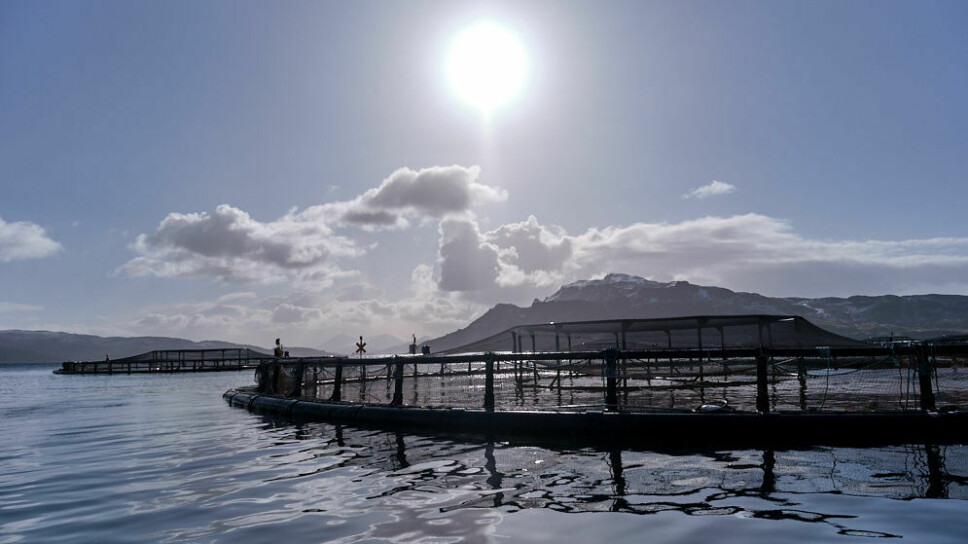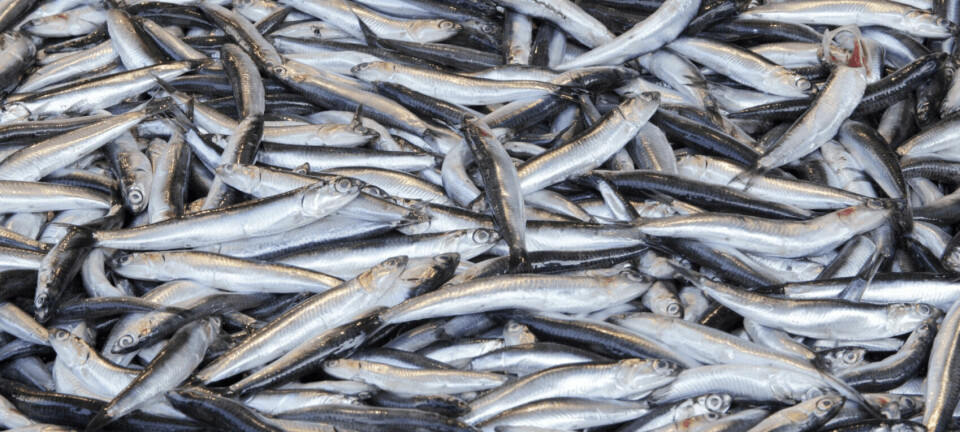
Salmon farming’s value to Scottish
economy up by almost 20%
Industry contributed £760m last year and could be worth £1bn if regulation is streamlined, says trade body chief
Salmon farming was worth £760 million to the Scottish economy last year, according to calculations by Salmon Scotland, the trade organisation representing producers and the industry value chain.
Salmon Scotland’s report on the sector shows that its economic contribution soared by nearly 20% last year when compared to 2019, the most recent year when an accurate comparison can be made because of disruption caused by Covid in 2020.
The trade body’s chief executive Tavish Scott said the figures confirmed that Scottish salmon is the “backbone of some of Scotland’s most isolated areas” and that the “blue economy” will be key to helping communities through the cost-of-living crisis.

And he used the increase in salmon farming’s economic impact to repeat a call for an overhaul of Scotland’s regulatory and planning system for salmon farming. Having provided an additional £100 million to the economy over two challenging years, Scott said the right decision-making from governments could result in Scottish salmon generating £1 billion annually for the Scottish economy through sustainable growth.
£66m spent on employment
The figures from Salmon Scotland show a direct economic contribution in 2021 of £303 m in Gross Value Added (GVA, a measure of contribution made by a producer, industry or sector to the economy). That was up nearly a fifth on pre-pandemic levels of £254 m in 2019.
The sector also indirectly generated a further £397 m in GVA through the supply chain, which Salmon Scotland said supports jobs in every part of Scotland, including the major cities.
There was a further £66 m positive impact in employment costs (up 22.2% from £54 m), benefiting local communities and companies such as accommodation providers and retailers all year round. Added together, the combined GVA total was £766 m.

The value of the industry to Scotland’s five salmon producing regions in 2021 was:
- £224 m across the northwest Highlands
- £151 m in the Western Isles
- £150 m in Argyll and Bute
- £137 m in Shetland
- £75 m in Orkney
Salmon farming directly employs more than 2,500 people in fragile, coastal communities in rural Scotland, with a further 10,000 Scottish jobs dependent on the sector.
Full potential
Scott said: “Scottish salmon generates vital wealth for the country, and specifically for our islands and Highland coastal communities.
“Farm-raised salmon is the economic backbone of some of Scotland’s most isolated areas, creating thousands of local jobs and opportunities."
He added that Scottish salmon was a global success.
“All this has been achieved by a dedicated workforce despite the incredible challenges of Covid and Brexit, so by tapping into salmon farming’s full potential I am confident the blue economy can deliver even greater benefits for local communities – and could be worth £1 billion to the Scottish economy in just a few years," said Scott.
“It is imperative that the Scottish Government enables a framework that is both transparent and efficient and the UK Government works to address the post-Brexit challenges at the border to ensure that Scottish salmon can turbocharge the country’s economy.”




















































